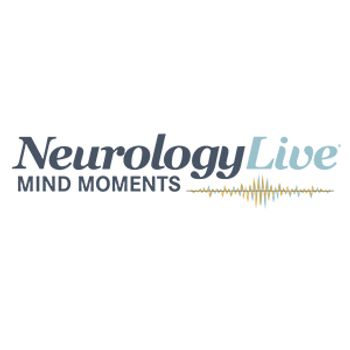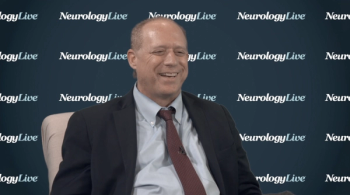
The drug is the first on-demand off episode treatment to be administered sublingually.

The drug is the first on-demand off episode treatment to be administered sublingually.

The data support the need to raise awareness of involuntary movements from possible tardive dyskinesia and the importance of properly screening and diagnosing patients.

Take 5 minutes to catch up on NeurologyLive's highlights from the week ending May 15, 2020.

Automated Imaging Differentiation in Parkinsonism (AID-P) outperformed both the Magnetic Resonance Parkinsonism Index and neurofilament light chain protein in differentiating PD from atypical parkinsonism.

Take 5 minutes to catch up on NeurologyLive's highlights from the week ending May 8, 2020.

Take 5 minutes to catch up on NeurologyLive's highlights from the week ending May 1, 2020.

The COMT inhibitor helps increase ON time without promoting dyskinesia.

Take 5 minutes to catch up on NeurologyLive's highlights from the week ending April 24, 2020.

Take 5 minutes to catch up on NeurologyLive's highlights from the week ending April 17, 2020.

"Mind Moments," a podcast from NeurologyLive, brings you an exclusive interview with Fernando Pagan, MD.

Elevated risk of falling, an indicator of early stage Parkinson Diseas, could be predicted by a simple tandem gait test.

Examining the underlying roles of poly adenosine diphosphate-ribose (PARP) play in the neurodegeneration of Parkinson disease.

Take 5 minutes to catch up on NeurologyLive's highlights from the week ending April 10, 2020.

A multicenter, cross-sectional, observational, Spanish nationwide study’s findings suggest that those with Parkinson disease dementia may be predisposed to impulse control disorder symptoms and related behaviors.

Take 5 minutes to catch up on NeurologyLive's highlights from the week ending April 3, 2020.

NeurologyLive’s parent company, MJH Life Sciences, will be hosting the virtual MJH Life Sciences Sleeves Up Blood Drive from March 31 through April 30.

Study data suggest that even in early disease, motor complications are common and accompanied by a greater burden of nonmotor symptoms than previously known.

The webinar, a partnership between Women Neurologist's Group (WNG) and NeurologyLive, features the latest updates from CMS on billing and coding for telemedicine visits.

The ongoing phase 3 trial of the Biohaven drug is expected to be completed October 20, 2021.

Study data suggested that up to 80% of patients with Parkinson disease may have ophthalmologic symptoms, suggesting that wider use of early identification tools may improve timely treatment.

As neurologists and other specialists may increasingly be called upon to serve as general hospitalists in the wake of the COVID-19 pandemic, keeping health care workers healthy becomes paramount.

The director of the Parkinson's Disease and Movement Disorders Center of Boca Raton spoke to the patient perspective and risk assessment when deciding on an intervention for essential tremor.

Impaired rhythm production and perception in patients with idiopathic REM sleep behavior disorder are correlated with early markers of Parkinson disease, according to study results.

The executive medical director of Medical Affairs/Clinical Development at Acorda Therapeutics spoke to recent pharmacokinetic data comparing inhaled levodopa (Inbrija) with oral carbidopa/levodopa.

The director of the Parkinson's Disease and Movement Disorders Center of Boca Raton spoke to how a new generation of interventions has led to a shifting backdrop in the field of care in essential tremor.